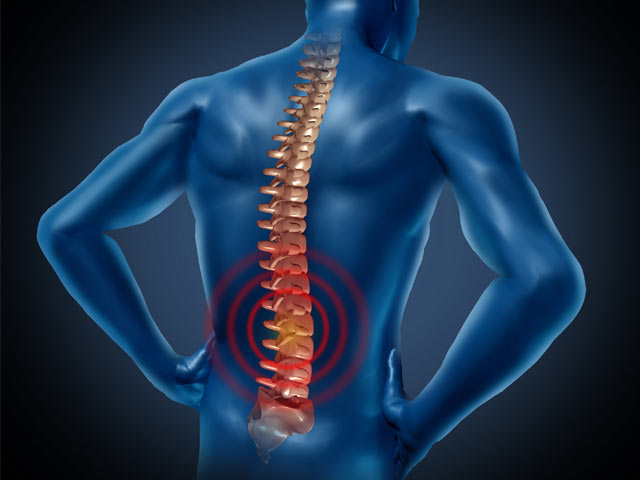
A recent study from Uppsala University indicates that having a higher body mass index (BMI) can raise the risk of developing five different rheumatic diseases: rheumatism, osteoarthritis, gout, psoriatic arthritis, and inflammatory spondylitis. The researchers also observed that BMI posed a more significant risk factor for women in terms of gout and psoriatic arthritis, compared to men. The study will be featured in the journal Arthritis & Rheumatology.
“Understanding the risks associated with rheumatic diseases can help show that maintaining a lower body weight may be an effective intervention to reduce the risk of developing these conditions,” explained Weronica Ek, a Docent and Researcher at the Department of Immunology, Genetics, and Pathology at Uppsala University, who led the study. “Most rheumatic diseases are driven by inf…”Most rheumatic diseases are driven by inflammation in the body and mainly affect joints, muscles and bones, but vital organs and vessels can also be affected. Symptoms of rheumatic disease can include fatigue, swelling and pain in the joints, stiffness and reduced movement function.
Previous studies have revealed a link between rheumatic diseases and a high BMI, which is a measure that adjusts body weight according to the individual’s height. However, it has not been thoroughly explored whether this connection is a result of high BMI causing rheumatic disease, or if patients with rheumatic disease simply tend to have a higher BMI due to other unidentified reasons. This issue is frequently encountered in epidemiological studies that rely on observational data.
“The researchers in a recent study attempted to address the issue by utilizing information found in human genes. They focused on specific genetic variants linked to a high BMI and found that individuals with a genetic predisposition to higher BMI are at a greater risk of developing rheumatic disease.”“Although we have seen this connection in the past, it is difficult to identify the causal relations between BMI and disease. But when we found that the genes linked to high BMI were also associated with a higher risk of these rheumatic diseases, we were able to conclude that BMI truly does have an impact on the risk of developing rheumatic disease,” notes Ek.
The researchers employed the genetic method called Mendelian randomization to investigate differences between men and women. They also explored potential variations in how BMI impacts the risk for women of childbearing age compared to those who have undergone menopause.
“For both gout and psoriatic arthritis, which are common diseases in patients with psoriasis, we found that a high BMI was a stronger risk factor for women than for men. We also observed that the impact of BMI on the risk of developing osteoarthritis was lower in post-menopausal women compared to women of childbearing age,” explained Fatemeh Hadizadeh, Postdoctoral Fellow at the Department of Immunology, Genetics and Pathology, Uppsala University, and one of the main authors of the study.
The researchers also found that a certain increase in BMI did not result in an equal increase in the risk of developing gout among individuals with low, normal and high BMI.
“We observed that an increase in BMI among individuals with a normal weight led to a significantly higher relative increase in the risk of developing gout compared to an increase in BMI among individuals who are already overweight or obese. This implies that the risk does not increase as much for those who are already overweight. However, it’s important to note that the basic risk of developing gout is always higher with a higher BMI. These non-linear effects are intriguing from a molecular biological perspective and can help us understand the underlying mechanisms behind the increased disease risk associated with higher body weight,” explains Torgny Karlsson, a Statistician at the Department of Immunology, Genetics, and Pathology at Uppsala University and one of the lead authors of the study.


